Dashi" is indispensable to our dining table, enhancing the flavor of miso soup, ochazuke, dashimaki tamago (rolled egg), and many other dishes. It takes time and effort to make dashi in earnest, but many of you may be using "HON-DASHI®," which makes dashi easily.
For more than 50 years since its launch in 1970, HON-DASHI® produced by Ajinomoto Co., Inc. has continued to support our dining tables, and continues to evolve in both taste and quality.
The "HON-DASHI®" factory, which started operation in October 2020, is located in Yokkaichi City, Mie Prefecture. The factory manufactures and ships "HON-DASHI®" and offers a factory tour "HON-DASHI®" course for the general public. It is perfect for families as both adults and children can enjoy it.
This time, we will report on the highlights of the “HON-DASHI®” course!
Table of Contents
What kind of place is Ajinomoto's Tokai Factory?

Exterior of the HON-DASHI® factory (Photo courtesy of Ajinomoto Co., Inc.)
Ajinomoto Co., Inc.'s Tokai Plant is located in Yokkaichi City, Mie Prefecture, about a 10-minute walk from Kintetsu Miyamado Station, and about an hour's drive from Nagoya City by train or car.
The site area is about 234,000㎡, which is as large as about 5 Bantelin Domes (Nagoya Domes). In addition to a factory that produces flavor seasonings such as HON-DASHI®, the vast site also houses an amino acid sweetener factory, a pharmaceutical factory, and a chemical product factory that is used as raw materials for cosmetics and shampoos.
The Ajinomoto Group, which has been researching amino acids for more than 100 years since its founding, applies its knowledge and technology related to amino acids to products in various fields.
In addition, at the Hondashi® factory on the premises, factory tours are held for the general public, and you can experience a course to learn more about Hondashi®. Advance reservations are required and can be made through the website below.
▼ Click here for reservations and details about the factory tour
https://www.ajinomoto.co.jp/kfb/kengaku/tokai//calendar.html
Let's try the "HON-DASHI®" course right away!
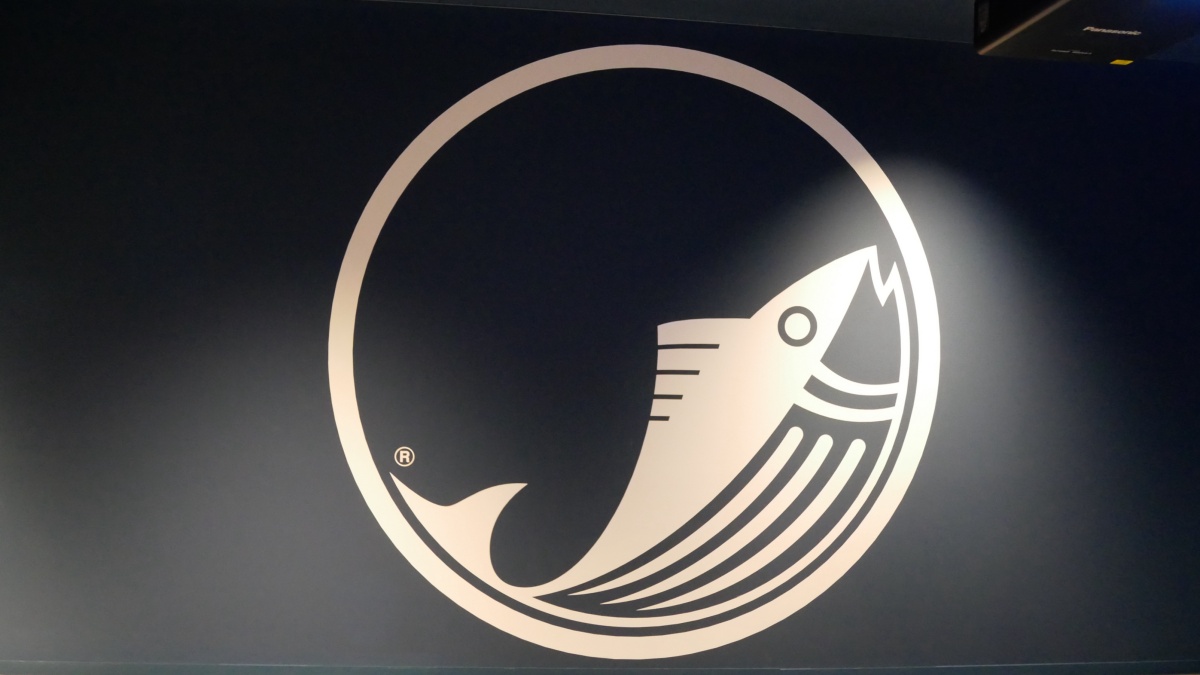
The HON-DASHI® course is enriched with hands-on content that allows you to learn more about the products. As you tour the factory, you will learn about the ingredients used in HON-DASHI® and the manufacturing process.
First, an orientation. The mission is for participants to explore the secrets of "HON-DASHI®" as a special assigned reporter for "HON-DASHI® Newspaper" and complete a single sheet of newspaper!

Each group was given a tablet device that they could carry around during the factory tour and take pictures during each mission. This is exciting!
Mission 1: Leave a memory of the tasting!

When you receive a request as a newspaper reporter, the first mission begins immediately. Each seat has a bowl, Hondashi®, and a pot of miso soup.
First, pour the miso soup into a bowl and taste it. It has the flavor of miso, but the taste is vague... To be honest, we can't say it tastes good.

Next, add about half a teaspoon of HON-DASHI® and taste it. Then, just the right amount of saltiness and the aroma of dashi was added, and it became delicious all at once! The power of HON-DASHI® is amazing.
By the way, you can take the leftover HON-DASHI® sachet home with you. You can also use it for miso soup for dinner.
Mission 2: Scoop the reality of dried bonito!

Move through the grounds to the Hondashi® factory. The next mission is a hands-on experience and quiz for shaving bonito flakes, the raw material for HON-DASHI®.
First, you will actually shave bonito flakes to experience what kind of aroma they have. A real dried bonito flakes and a shaving machine are placed on the table, and the guide will give you tips on how to shave the flakes. The key is to hold it firmly with both hands and pull it toward you with all your might. We were surprised at how much force is required to shave the bonito flakes.
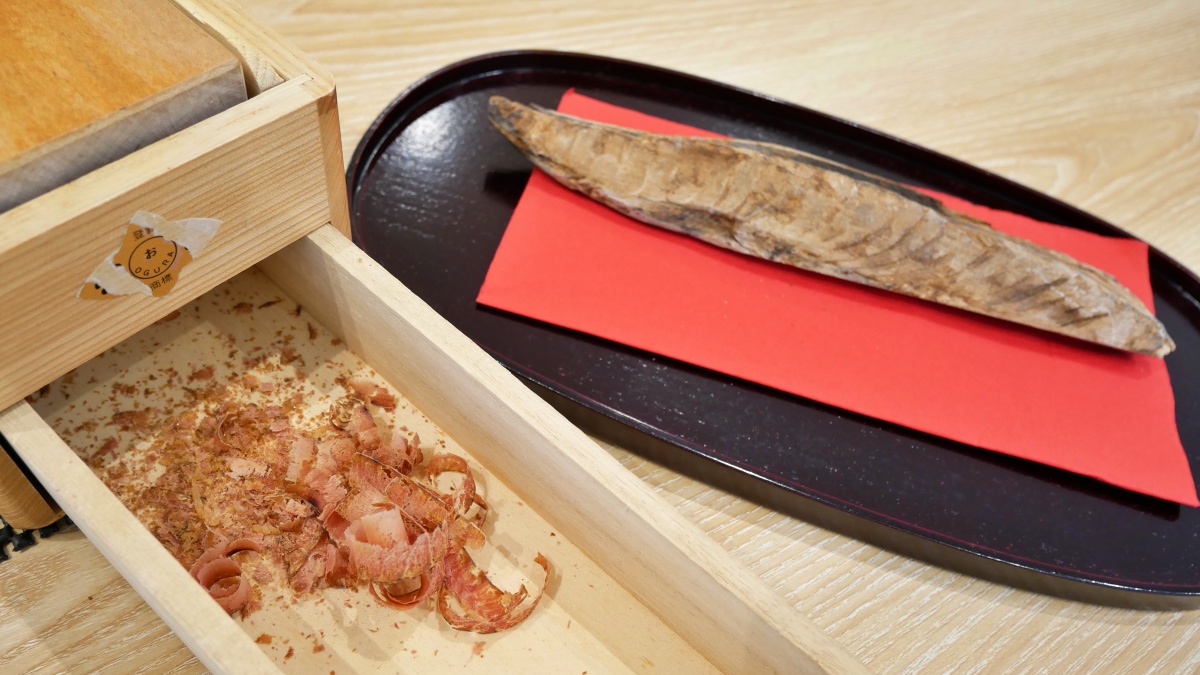
Freshly shaved bonito flakes have a very good aroma! It is a pity that the bonito flakes are for hands-on experience and cannot be eaten.
Normally, you can only make about 8 bowls of miso soup with a full shavings, but with HON-DASHI®, you only need about 2 heaping teaspoons. Once again, we understand the value of HON-DASHI®.
Mission 3: Report on the bonito of "HON-DASHI®" goodwill!

Excerpt from the finished newspaper
Next, for Mission 3, take a commemorative photo in front of the Hondashi® goodwill. You can put your face out of the goodwill, put on a piece, and pose freely! We decided to represent the circle of the mark.
And after the dried bonito shaving experience, go to the quiz corner. There are many recipe quizzes for cooking that can be made using HON-DASHI®, as well as quizzes where you can enjoy learning about the history and particulars of HON-DASHI®, as well as bonito, the raw material of HON-DASHI®.

Panel quiz on Hondashi®

A puzzle that makes the most of bonito

A quiz that guesses the ingredients of dishes using "Hondashi®"
Bonito flakes are the hardest food in the world, as hard as crystal. Even adults will be surprised by such trivia. Please try to answer all the questions.
Then, when you know more about "HON-DASHI®", proceed to the next mission.
Mission 4: Identify 3 types of dried bonito!

The next mission is to learn about the dried bonito used in HON-DASHI®. "Hondashi®" uses three types of specially smoked dried bonito, and you can experience what each looks and smells like.

On the back of the bonito illustration, there is bonito used as a raw material.
The bonito flakes used in HON-DASHI® are carefully smoked by skilled craftsmen. At that time, it is smoked into three types, "deep smoked", "extremely deep smoked" and "lightly smoked", and blended in an exquisite balance, which is the key to the aroma, richness and taste of "Hondashi®".
After that, we will proceed to a factory tour where you can actually see the manufacturing process of “HON-DASHI®”. At the factory, you can see the process from crushing the katsuobushi into Hondashi® to packaging and boxing. The gentle scent of bonito flakes wafted across the floor, stimulating my appetite.
Katsuobushi is finally pulverized to less than 1 mm and mixed with various seasonings and ingredients in an exquisite balance before becoming granules. HON-DASHI® is made into granules so that it dissolves quickly in any dish and is easy to use.
Missions 5 & 6: The Hondashi® Times newspaper is finally complete!

Screen for choosing the layout of the newspaper. Put your favorite photo in Scoop 1
The factory tour is finally over. Return to the room at the starting point and enter the editing work of the newspaper. Mission 5 is to choose the Hondashi® recipe to be published in the newspaper, and Mission 6 is to think about the layout of the newspaper.
If you have a lot of favorite photos, it can be hard to decide where to put the photos taken during the factory tour.
And the newspaper "Hondashi® Times," which we covered as a reporter, was completed!
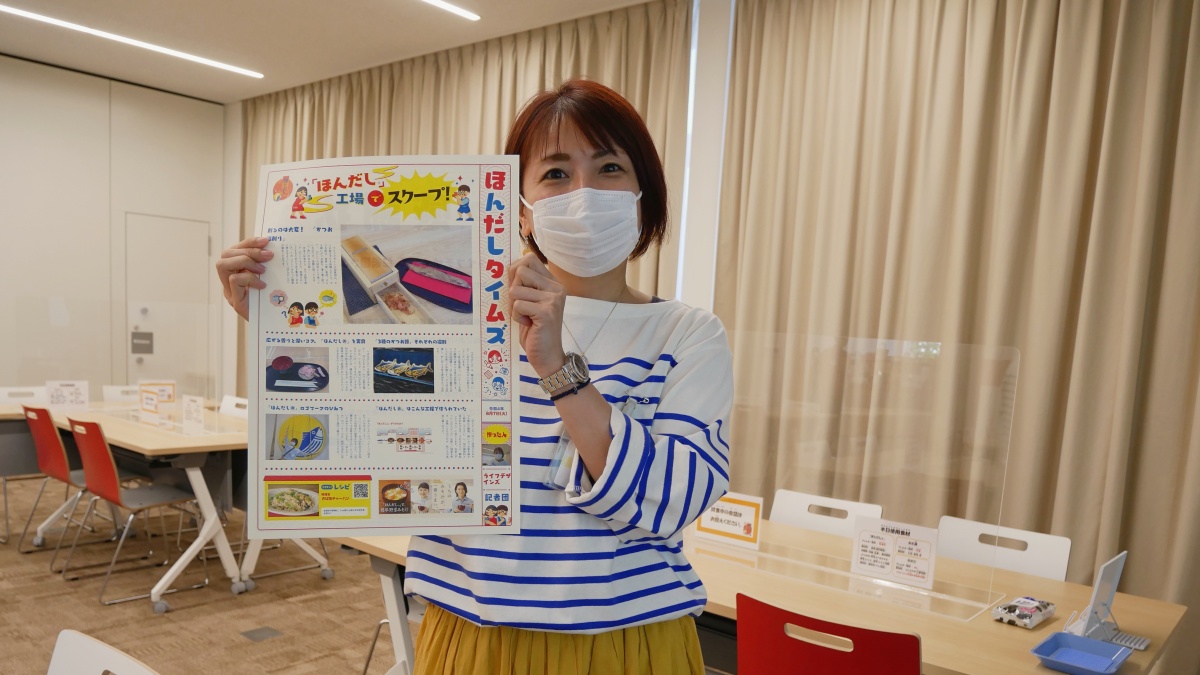
It is a great pleasure when a photo taken by you becomes a newspaper! It will be a precious memory and can be preserved as a keepsake.
Furthermore, for those who participated in the factory tour, not only newspapers, but also souvenirs containing the Hondashi® series and Ajinomoto Co., Inc. products. As soon as I learned the secret of its deliciousness, I wanted to use it in my cooking!
Ajinomoto Group products and original goods
Also has a shop

After the factory tour, we sell original products made in collaboration with Ajinomoto Group products and Mie Prefecture's traditional products. Why don't you stop by the shop?

List of products that collaborated with AjiPanda® and traditional techniques of Mie Prefecture
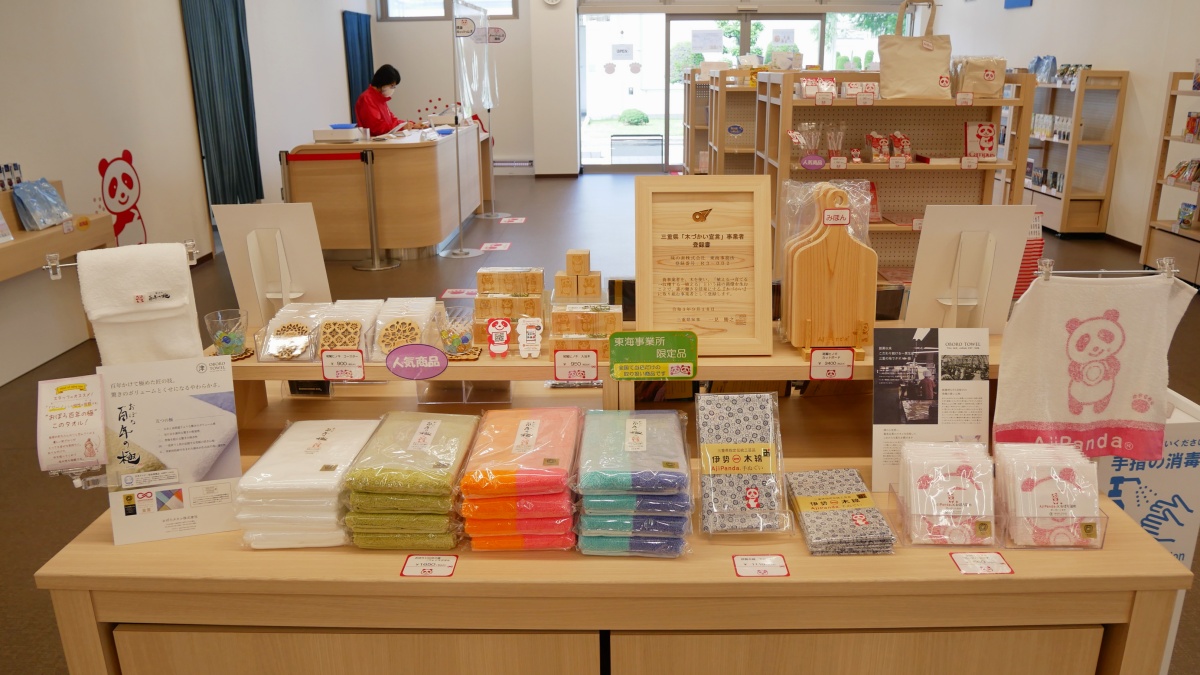
Placemats, hand towels, masks, and other products made in collaboration with Ajinomoto Co., Inc.'s cute character, AjiPanda®, are products created with passion so that local information can be disseminated.
It is a product that can only be purchased here!
Ajinomoto Co., Inc.'s Tokai Factory Tour "Hondashi®" Course
Let's make fun memories!
The factory tour, where you can learn more about Hondashi®, which is used in everyday cooking, was a lot of new discoveries for adults as well.
The experience of being a reporter and following Hondashi® scoops while having fun learning about food is sure to be a memorable experience. How about visiting with your family on weekends or summer holidays?

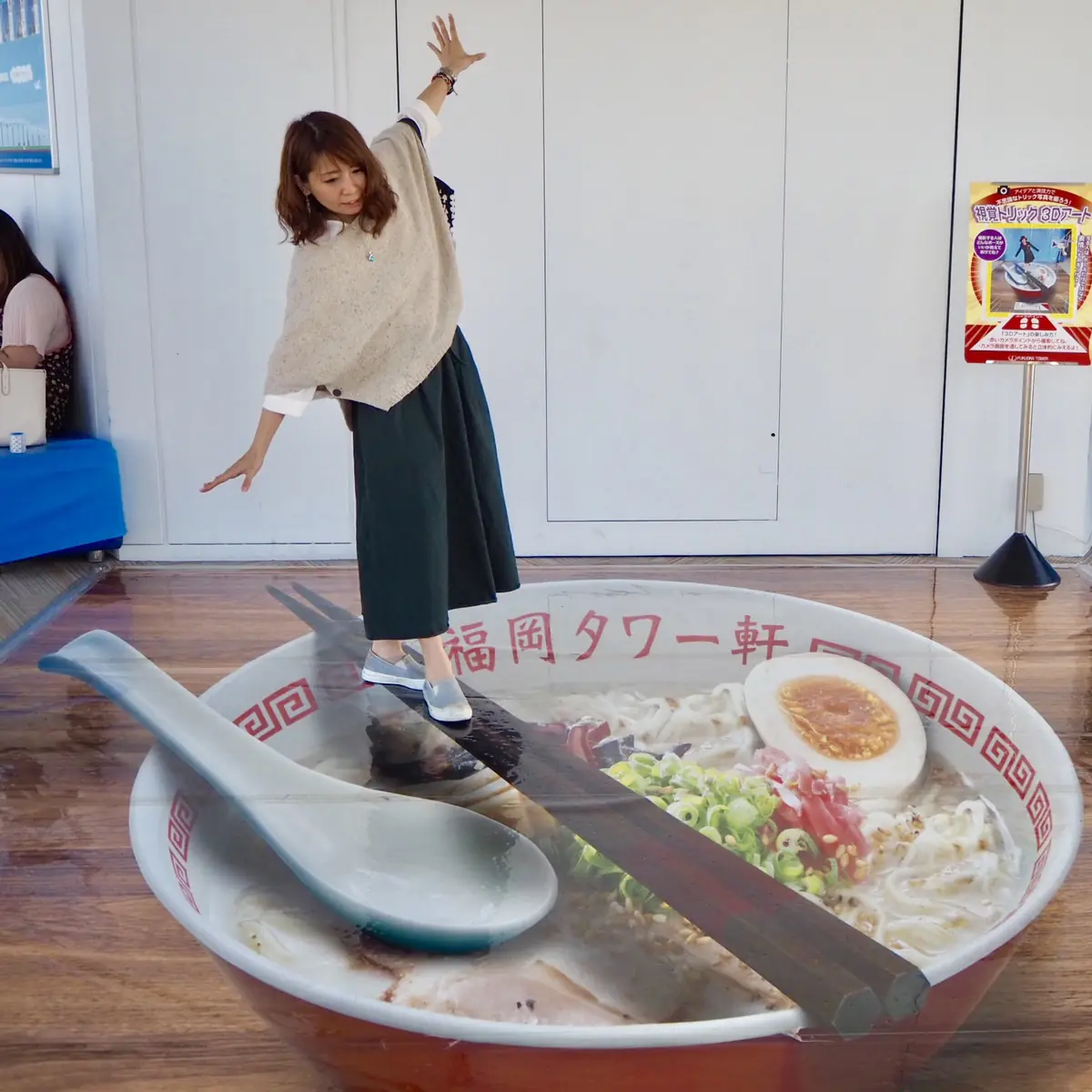

![[Industrial Museum & Factory Tour] Learn the Manufacturing in Tokai Area!](https://life-designs.jp/wp/wp-content/uploads/2019/06/w1920x1088_factory-1024x580.jpg)
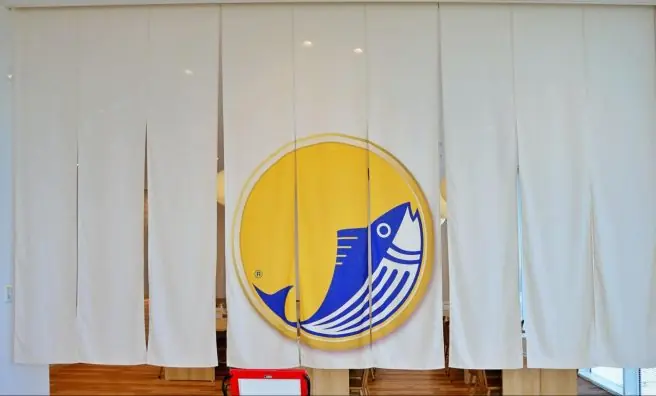


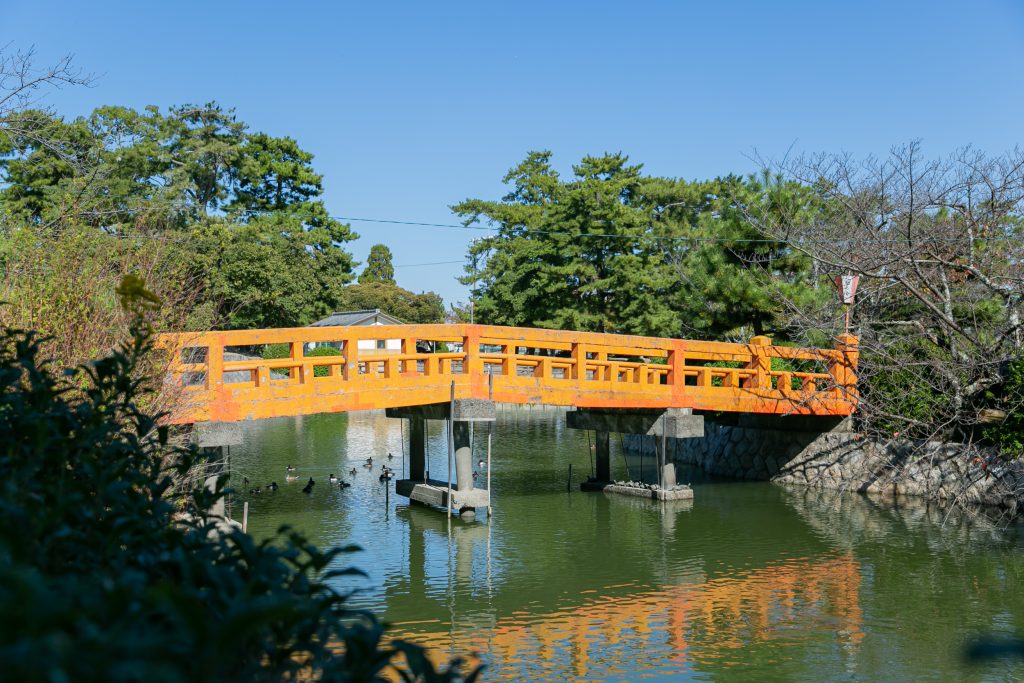




![[Yokkaichi city] Let's Go to "Soranpo Yokkaichi" where you can Enjoy with your Family!](https://life-designs.jp/wp/wp-content/uploads/2022/07/image4-9-1024x576.jpg)
![[Yokkaichi] Certified as a Night View Heritage of Japan, "Umiterasu 14", Located at the Yokkaichi Port Building !](https://life-designs.jp/wp/wp-content/uploads/2020/12/image6-27-1024x683.jpg)


![[Indoor Facilities] Where to Go on Rainy Days in Tokai Area! For Family Outings!](https://life-designs.jp/wp/wp-content/uploads/2023/07/FotoJet-23.jpg)



![[2025 Latest Edition] 32 Summer Resorts Within 2.5 Hours by Car from Nagoya!](https://life-designs.jp/wp/wp-content/uploads/2020/08/d5e9a698a33b82fe60aa760e3d6d995f.jpg)

![[Ghibli Park] Beginner's Guide](https://life-designs.jp/wp/wp-content/uploads/2023/07/ghiblipark_w1920h1088_20240422-768x435.png)

![[Tokai Area] Place to Go on Rainy Days!](https://life-designs.jp/wp/wp-content/uploads/2022/03/f76405aaa33944a4ba88a131fbc56523-1024x580.png)
![[Tokai Area] Scenic Spots which You'll Never Forget](https://life-designs.jp/wp/wp-content/uploads/2019/12/LD_banner_w1920x1088_prospect-1-1024x580.jpg)
![[Sauna Specials] Feel Revitalized in Sauna!](https://life-designs.jp/wp/wp-content/uploads/2021/07/Sauna-1024x580.jpg)
![[Osu Special Feature] A City of History and Uniqueness](https://life-designs.jp/wp/wp-content/uploads/2022/03/01_Osu-1-1024x580.png)



































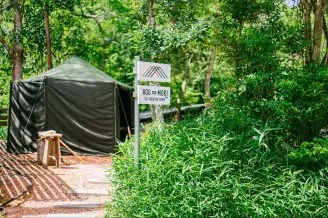






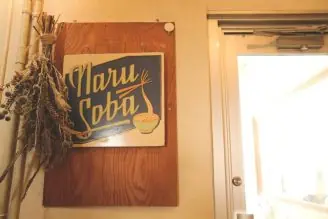





![Onigiri is hot right now! Summary of Osu's Onigiri Specialty Shops [5 selections].](https://life-designs.jp/wp/wp-content/uploads/2023/11/onigiri-1024x768.jpg)
![[28 selections] I want to get it when I go to Ghibli Park! Recommended goods & souvenirs (Ghibli’s Grand Warehouse edition)](https://life-designs.jp/wp/wp-content/uploads/2023/07/07bb34f30842ccc4c6412fc060e1966c-1024x683.jpg)
![[9 Selections] Summary of Retro Coffee Shops in Nagoya](https://life-designs.jp/wp/wp-content/uploads/2021/11/image1-30-1024x683.jpg)
![[10 selections] Recommended for Girls' Trip from Nagoya! Special feature on Hotels and Inns](https://life-designs.jp/wp/wp-content/uploads/2022/11/FotoJet-1-1024x768.jpg)
![[Within 2hrs by Car] 12 Outing Areas where You can Go on a Day Trip from Nagoya!](https://life-designs.jp/wp/wp-content/uploads/2023/07/odekake12_w1200h900_20240422-768x576.png)
![[Aichi, Gifu, Mie] 30 Family-Friendly Spots to Go in Winter!](https://life-designs.jp/wp/wp-content/uploads/2019/12/image21-1-150x106.png)



